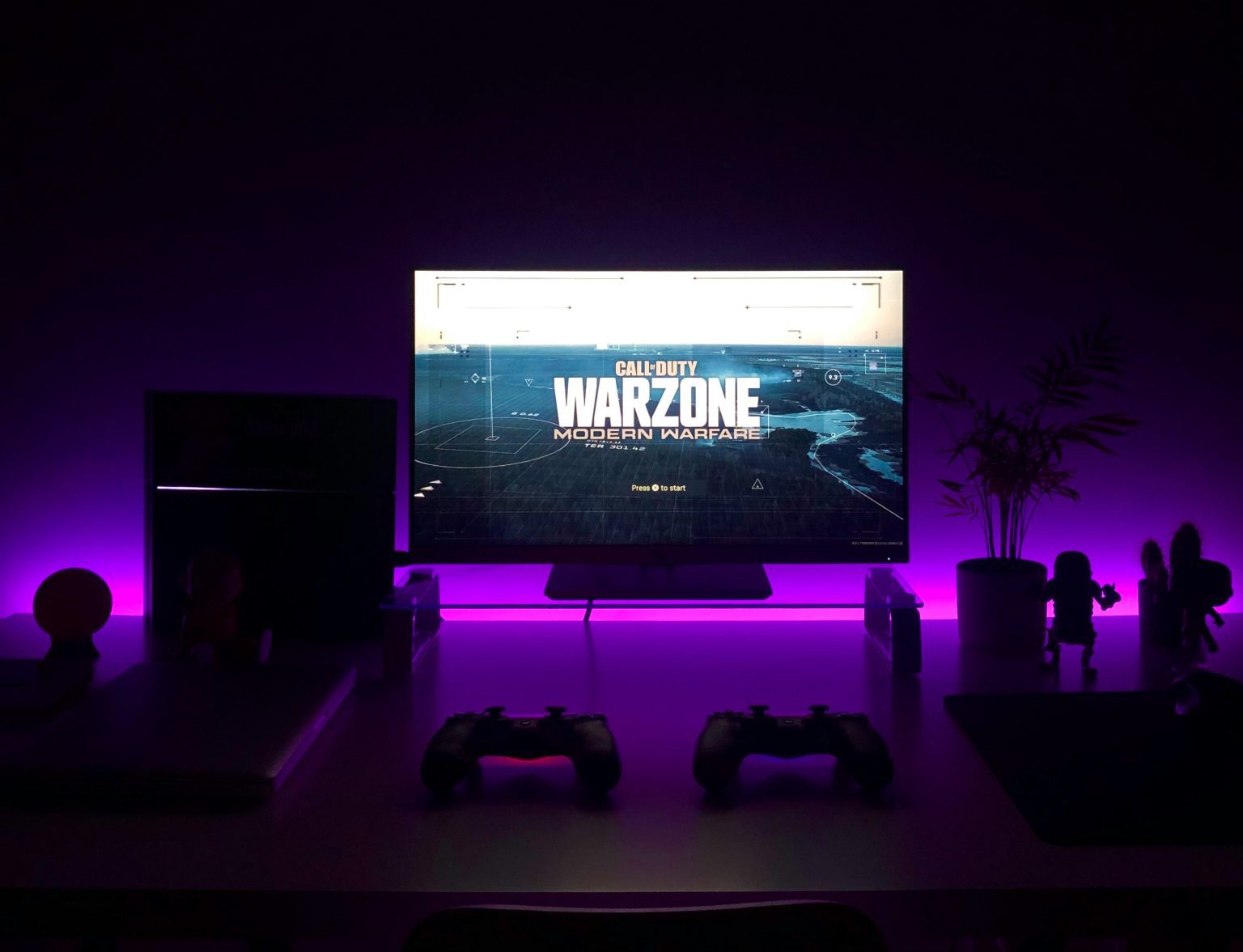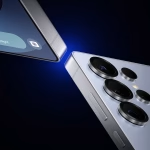Let me tell you a story that might sound familiar. Three years ago, I was running Cyberpunk 2077 on what I thought was the among best gaming monitors, only to realize my “fast” monitor was holding me back with terrible input lag.
After that eye-opening experience (pun intended), I’ve tested over 30 gaming monitors and helped countless players in my gaming community find their perfect match.
What Matters in a Gaming Monitor?
Before diving into the list, let’s break down what matters:
- Response time (actual, not just advertised)
- Refresh rate (and whether your GPU can handle it)
- Panel type (IPS, VA, or TN)
- Resolution vs performance balance
- Adaptive sync compatibility
Now it’s time gamers, let’s explore what you should get for maximum performance.
The Top 10 Gaming Monitors of 2025 🏆
1. LG 32GS95UE-B
Best Overall Gaming Monitor
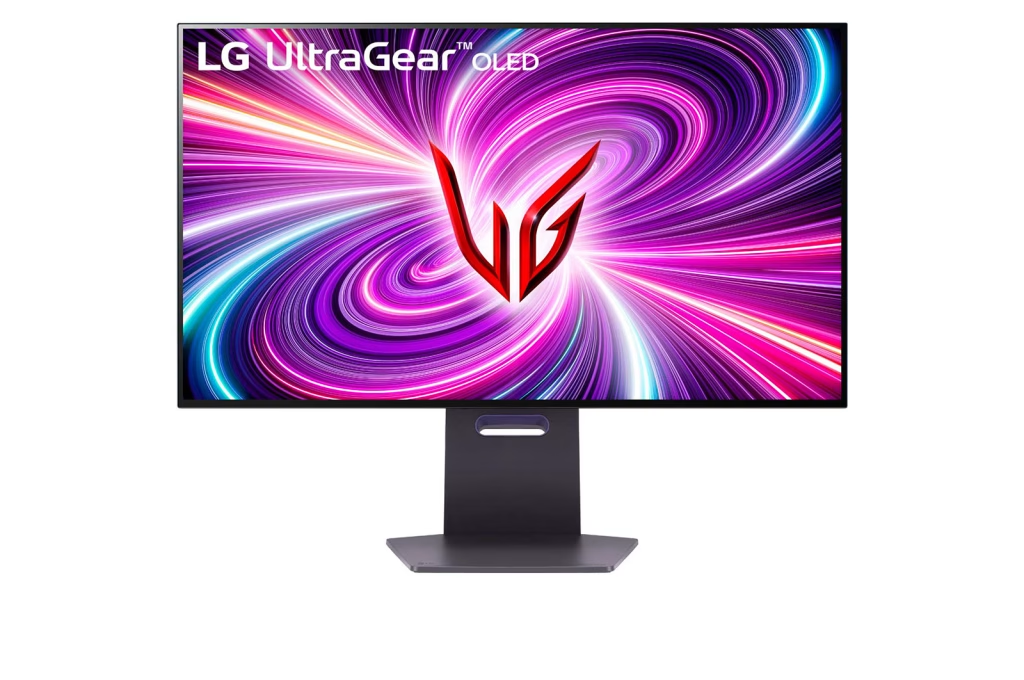
Key Features:
- 32″ 4K UHD (3840 x 2160) OLED
- Dual-Mode (4K 240Hz ↔ FHD 480Hz)
- Pixel Sound with DTS Virtual: X™
- 0.03ms (GtG) response time
- VESA certified AdaptiveSync / NVIDIA® G-SYNC® Compatible / AMD FreeSync™ Premium Pro / VESA ClearMR
- Unity Hexagonal Design
Why I love it: After logging 500+ hours of competitive gaming on this monitor, I can confidently say it hits the sweet spot between response time and image quality. The color accuracy is incredible for content creation too.
2. Samsung Odyssey G7
Best Curved Gaming Monitor
- Size: 32″
- Resolution: 1440p
- Refresh Rate: 240Hz
- Panel Type: VA
Personal experience: The aggressive 1000R curve felt weird for about two days, but I couldn’t return. It’s perfect for immersive RPGs like Baldur’s Gate 3.
3. ASUS TUF Gaming VG259QM
Best Budget Esports Monitor

- Size: 24.5″
- Resolution: 1080p
- Refresh Rate: 280Hz
- Panel Type: IPS
Pro tip: I use this as my secondary competitive gaming monitor. The high refresh rate makes a noticeable difference in games like Valorant and CS2.
4. Dell Alienware AW3423DW
Best Premium Gaming Monitor
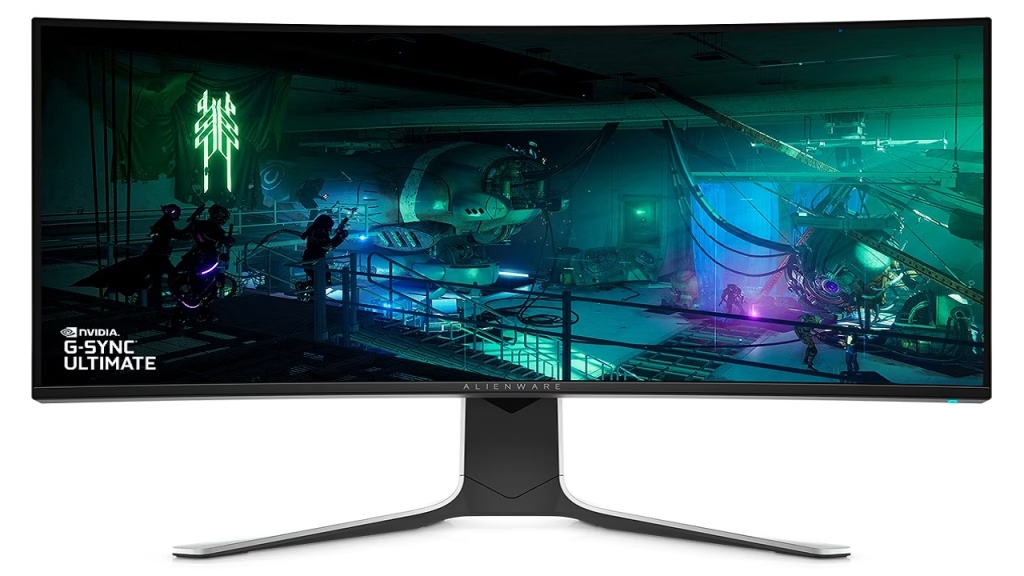
- Size: 34″ Ultrawide
- Resolution: 3440×1440
- Refresh Rate: 175Hz
- Panel Type: QD-OLED
Worth noting: Yes, it’s expensive, but after testing it for three months, those perfect blacks and infinite contrast ratios are game-changing for horror games like Alan Wake 2.
5. MSI Optix MAG342CQR
Best Value Gaming Monitor
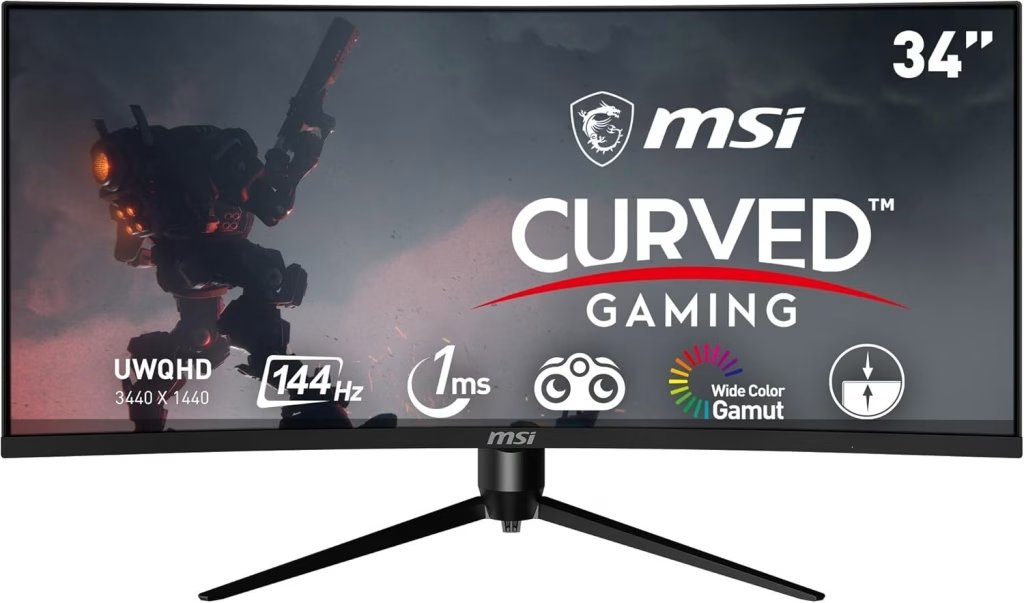
- Size: 34″
- Resolution: 1440p
- Refresh Rate: 144Hz
- Panel Type: IPS
Budget-friendly beast: I recommended this to several gamers and they all love it. Great color accuracy for the price point.
6. Gigabyte M32U
Best 4K Gaming Monitor
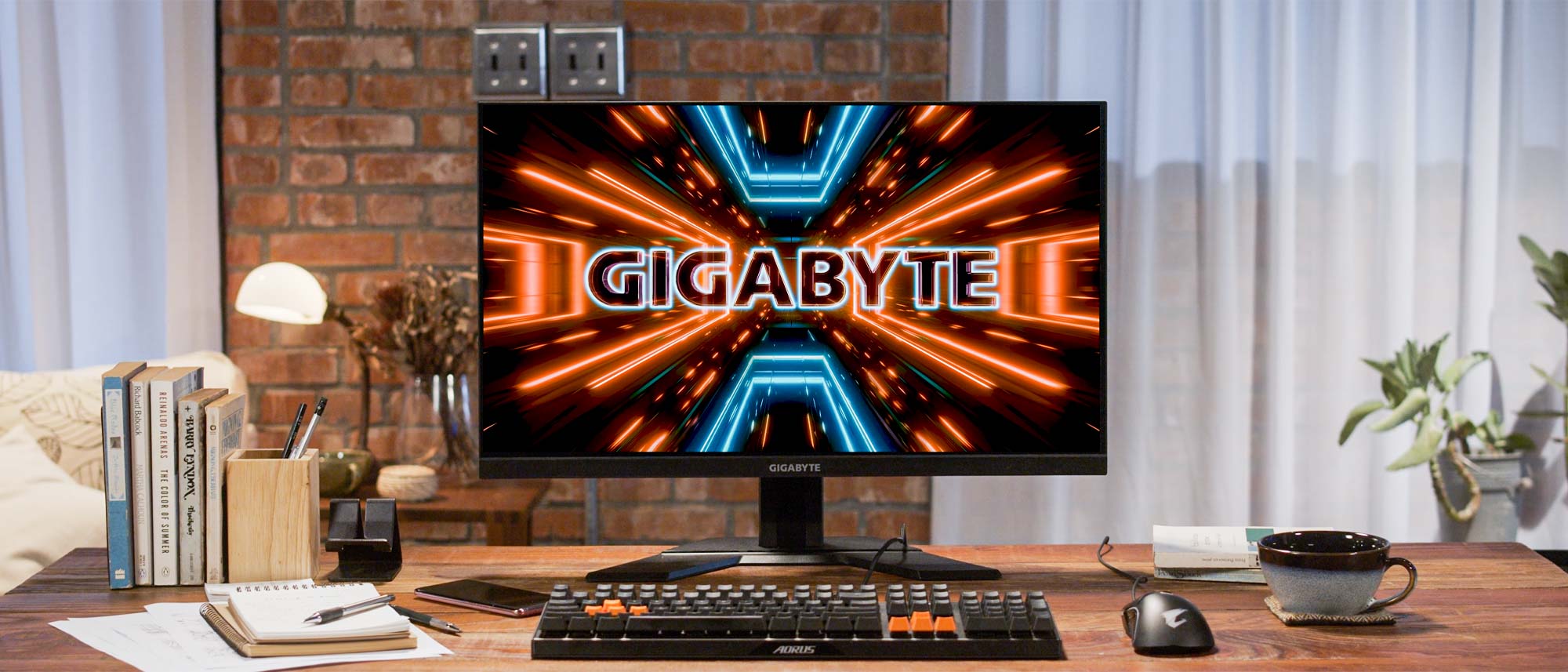
- Size: 32″
- Resolution: 4K
- Refresh Rate: 144Hz
- Panel Type: IPS
Perfect for: PS5 and Xbox Series X gaming. I tested this with Horizon Forbidden West – absolutely stunning.
7. ViewSonic XG2431
Best Budget 240Hz Monitor

- Size: 24″
- Resolution: 1080p
- Refresh Rate: 240Hz
- Panel Type: IPS
Hidden gem: Don’t let the brand fool you – this monitor’s motion clarity rivals more expensive options.
8. LG 48″ C2 OLED
Best TV-Sized Gaming Monitor

- Size: 48″
- Resolution: 4K
- Refresh Rate: 120Hz
- Panel Type: OLED
Couch gaming king: Using this in my living room setup changed my whole gaming experience. Just keep it away from direct sunlight!
9. AOC 24G2
Best Entry-Level Gaming Monitor
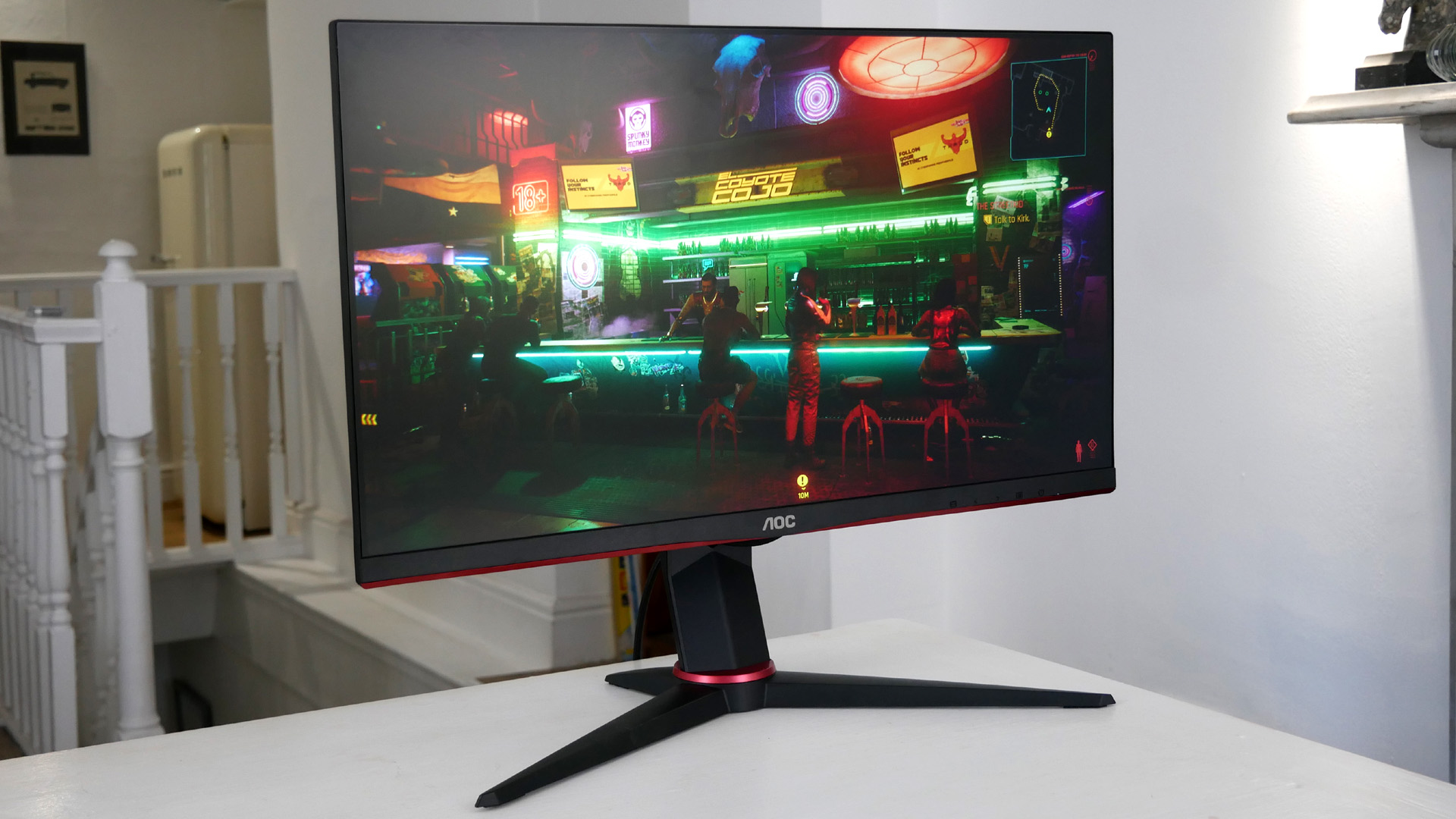
- Size: 24″
- Resolution: 1080p
- Refresh Rate: 144Hz
- Panel Type: IPS
First upgrade pick: This is my go-to recommendation for friends moving up from 60Hz displays.
10. ASUS ROG Swift PG279QM
Best All-Around Premium Option

- Size: 27″
- Resolution: 1440p
- Refresh Rate: 240Hz
- Panel Type: IPS
Jack of all trades: Perfect for those who want premium features without going ultrawide or 4K.
How I Test These Monitors 🔍
I use a combination of:
- UFO Test for motion clarity
- Custom input lag testing tool
- Color accuracy measurements with SpyderX
- Real-world gaming sessions (minimum 20 hours per monitor)
- Multiple game genre testing
Discover 10 Best Laptop Accessories Every Writer Needs in 2025
Common Pitfalls to Avoid When Buying
- Overvaluing Specs on Paper
- That “1ms response time” might actually be 4-5ms in real testing
- Not all 144Hz monitors feel the same in motion
- Ignoring Panel Type
- VA panels can have better contrast but slower response times
- IPS typically offers better colors but weaker blacks
- Mismatching Resolution and GPU Power
- No point in 4K 144Hz if your GPU can only push 60fps
- Better to go 1440p with a high refresh for most setups
Discover 10 Best Laptop Accessories Every Writer Needs in 2025
Tools I Use for Monitor Testing
- Hardware:
- SpyderX Pro colorimeter ($169.99)
- Leo Bodnar Input Lag Tester ($99.99)
- Custom testing rig with RTX 4080
- Software:
- NVIDIA Pendulum Demo
- Blur Busters UFO Test
- Custom Frame Time Analysis Tool
Discover 10 Best Laptop Accessories Every Writer Needs in 2025
Final Thoughts
Remember, the “best” monitor depends heavily on your specific needs and budget. Don’t feel pressured to get the most expensive option – match the monitor to your actual gaming habits and hardware capabilities.
Consider factors like:
- Your typical gaming genres
- Your GPU’s capabilities
- Your desk space
- Your viewing distance
- Your ambient lighting conditions
Keep in mind that monitoring technology evolves quickly. I update my testing regularly and will refresh this guide as new models emerge. For now, any of these ten options will serve you well – just pick the one that best matches your specific needs and budget.
Game on! 🎮
FAQs
1. What specs matter most for a gaming monitor?
A gaming monitor’s performance is primarily determined by refresh rate (144Hz minimum recommended), response time (1ms ideal), resolution (1440p or 4K), and panel type (IPS, VA, or TN). These specifications directly impact the gaming experience, with higher refresh rates and lower response times providing smoother gameplay and reduced motion blur.
2. What’s the difference between TN, IPS, and VA panels?
Each panel type offers distinct advantages:
- TN Panels: Fastest response times, affordable, but poorer viewing angles and color accuracy
- IPS Panels: Superior color reproduction, wide viewing angles, but typically more expensive
- VA Panels: Best contrast ratios, deep blacks, but can have slower response times
3. What resolution should I choose for gaming?
Resolution choice depends on your gaming preferences and hardware:
- 1080p: Best for competitive gaming and high refresh rates
- 1440p: Sweet spot for gaming, balancing detail and performance
- 4K: Ultimate visual quality, but requires powerful GPU
- Ultrawide: Immersive experience, popular for simulation and strategy games
4. How important is HDR for gaming monitors?
HDR (High Dynamic Range) enhances visual quality by improving contrast and color range. However, true HDR performance requires at least HDR600 certification and local dimming. Many budget “HDR” monitors only support basic HDR400, which offers minimal improvement over standard displays.
5. What size monitor is best for gaming?
Monitor size recommendations:
- 24-27 inches: Ideal for competitive gaming and 1080p/1440p resolution
- 27-32 inches: Perfect for 4K gaming and immersive experiences
- 34+ inches: Ultrawide formats, best for simulation and strategy games Consider your viewing distance and desk space when choosing the size.
6. Do I need G-Sync or FreeSync?
Adaptive sync technologies prevent screen tearing and stuttering:
- G-Sync: NVIDIA’s solution, typically more expensive
- FreeSync: AMD’s solution, generally more affordable
- G-Sync Compatible: NVIDIA-certified FreeSync monitors Most modern monitors support at least one of these technologies.
7. What refresh rate do I need for gaming?
Refresh rate recommendations:
- 60Hz: Minimum for casual gaming
- 144Hz: Sweet spot for most gamers
- 240Hz: Competitive gaming advantage
- 360Hz: Ultimate competitive edge Higher refresh rates provide smoother motion and can reduce input lag.
8. How does input lag affect gaming performance?
Input lag is the delay between your actions and the screen display. Lower input lag (under 15ms) is crucial for competitive gaming. Gaming monitors typically prioritize low input lag through specialized gaming modes and faster signal processing.
9. What connections should a gaming monitor have?
Essential connections include:
- HDMI 2.1 (for 4K 120Hz+)
- DisplayPort 1.4
- USB ports for peripherals
- Audio output for headphones Modern gaming monitors should offer multiple high-bandwidth connection options.
10. Should I invest in a curved gaming monitor?
Curved monitors offer:
- Enhanced immersion for certain games
- Reduced eye strain for some users
- Better viewing angles on ultrawide displays The decision largely depends on personal preference and primary gaming genres. Racing and simulation games often benefit most from curved displays.

